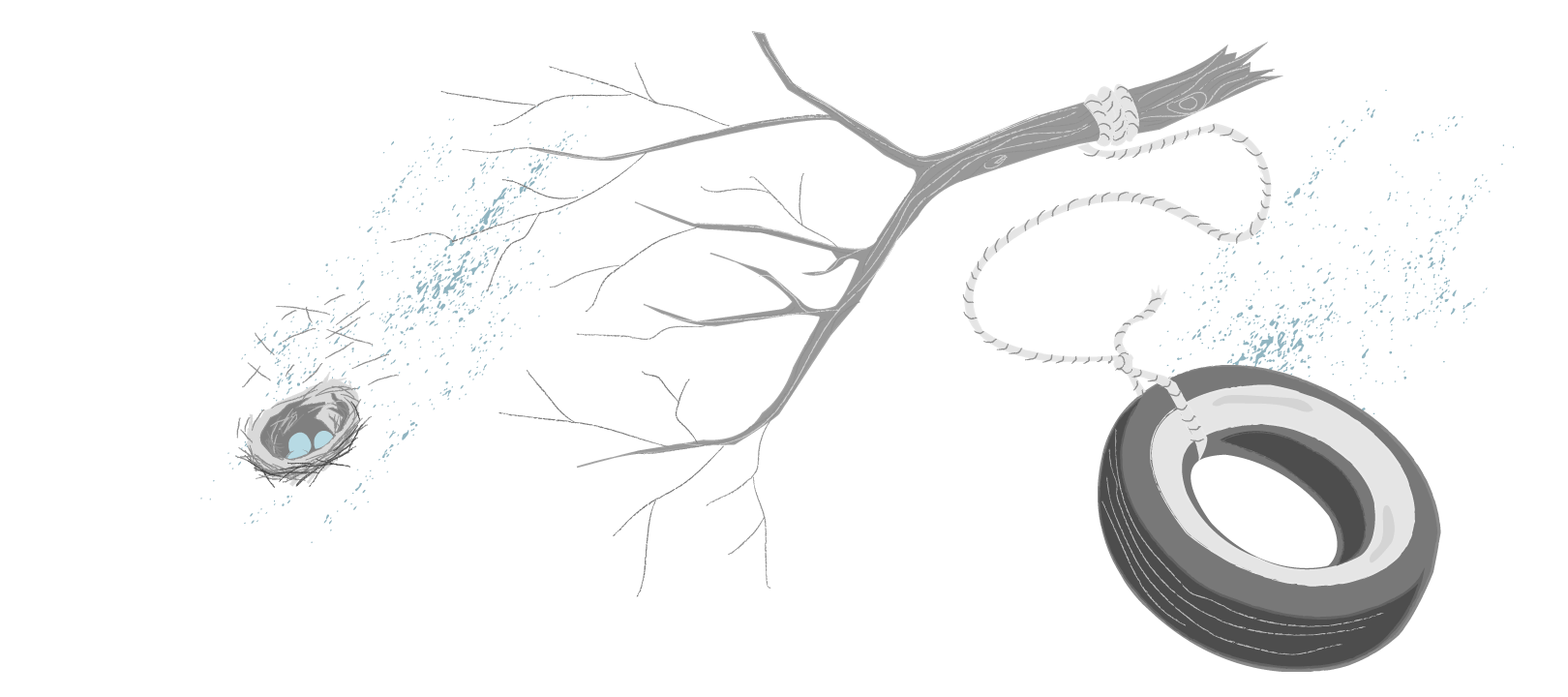If the incident happened anywhere else, the contractors would probably be found liable for failing to maintain the wintry road. But a case before the courts now shows what a difference the location makes.
After a motor vehicle accident occurred on a regularly travelled northern Ontario roadway, the claimants looked to the winter maintenance contractors for compensation, alleging that the contractors failed to keep the road in a safe condition for driving. What appeared to be a typical claim has been complicated by the fact that the incident took place on a “private forest road,” an unpaved, unmarked, gravel road on Crown lands. This discovery led the defense to the little known or used Public Lands Act.
The Public Lands Act makes an important distinction about who is responsible for a private road on public lands such as Crown lands, school lands, and clergy lands. A “private forest road” is occupied under the authority of a document issued under this Act or the regulations. In this case, the site of the accident was intended for the delivery of forest products and was maintained accordingly. The use of roadway was strictly at the user’s own risk. This means the Public Lands Act protects the Crown and any person with an interest in what are otherwise public lands—a winter maintenance contractor, for example—from civil action for negligence.
The Public Lands Act is not often used for insurance defense, but there is some precedence for the case in court right now. This legislation has been key to the court’s decision in two notable cases in the last thirty years. In the 1990 case Lundgren v. Boise Cascade Ltd., the plaintiff sued for damages after his truck plunged into a river in a remote location on Crown lands leased by Boise Cascade. Rather than finding the defendant had been negligent, the Court accepted their argument that the protection in the Public Lands Act extended to them as the occupier of the lands. It concluded that no action could be taken against Boise Cascade, even though such an action might have been possible had the land belonged to someone besides the Crown.
More recently, in the 2018 case CNR v. Weyerhaeuser, the plaintiff railway company alleged the defendant, a timberland company, neglected two culverts they built, causing the CN railway bed and track to wash away. Although the defendant had agreed to manage the roads in the area as a condition of their license to use the lands, the Court held that CN could not sue Weyerhaeuser for negligence. Once again, the Public Lands Act protected the defendant, though it did not save Weyerhaeuser the hassle of a trial. The court ruled that CN Rail was still permitted to sue for nuisance.
The legal precedence suggests that when backcountry accidents happen, lawyers turn to legislation off the beaten path in their client’s defense. The Public Lands Act shows that sometimes an unmarked road is a sign that the path should be used at your own risk.
This discovery led the defense to the little known or used Public Lands Act.


